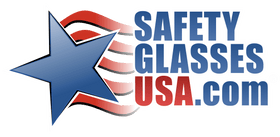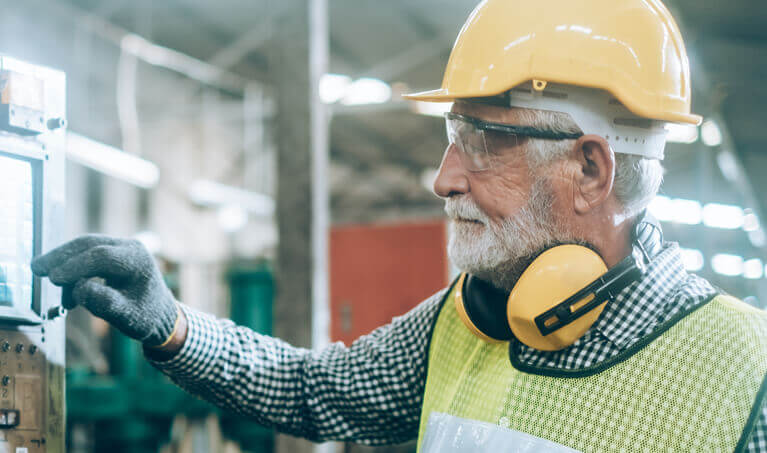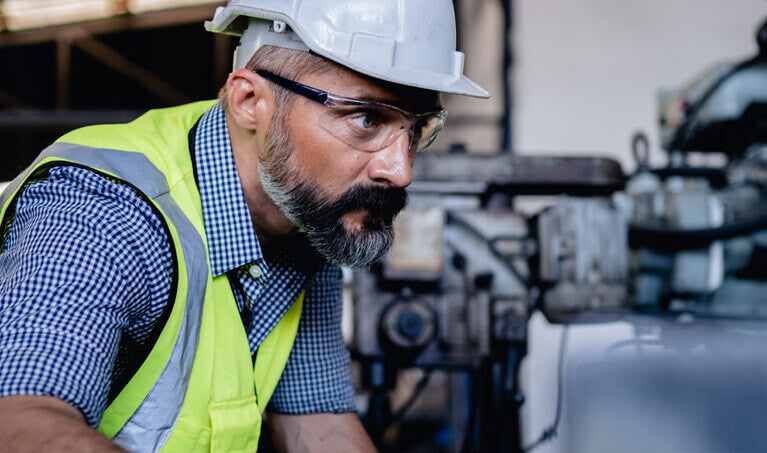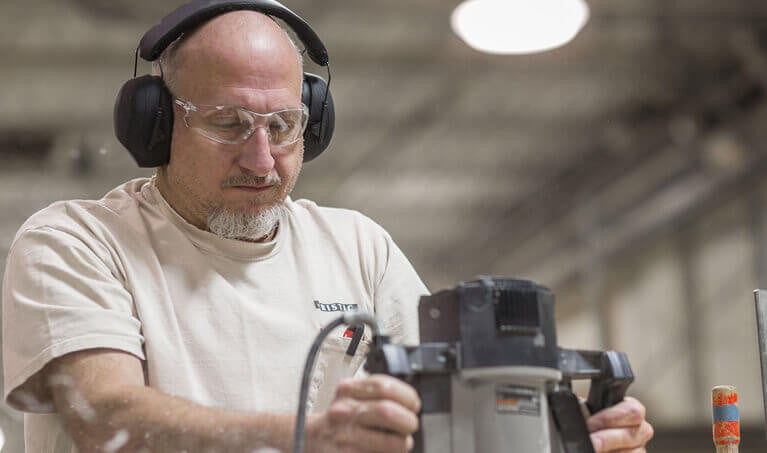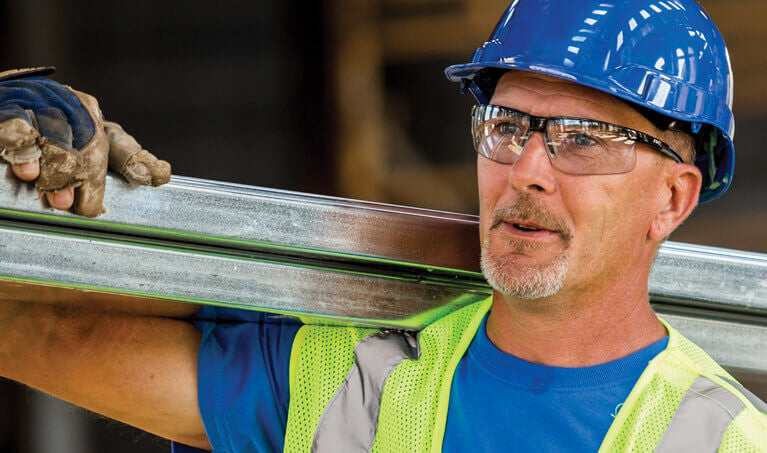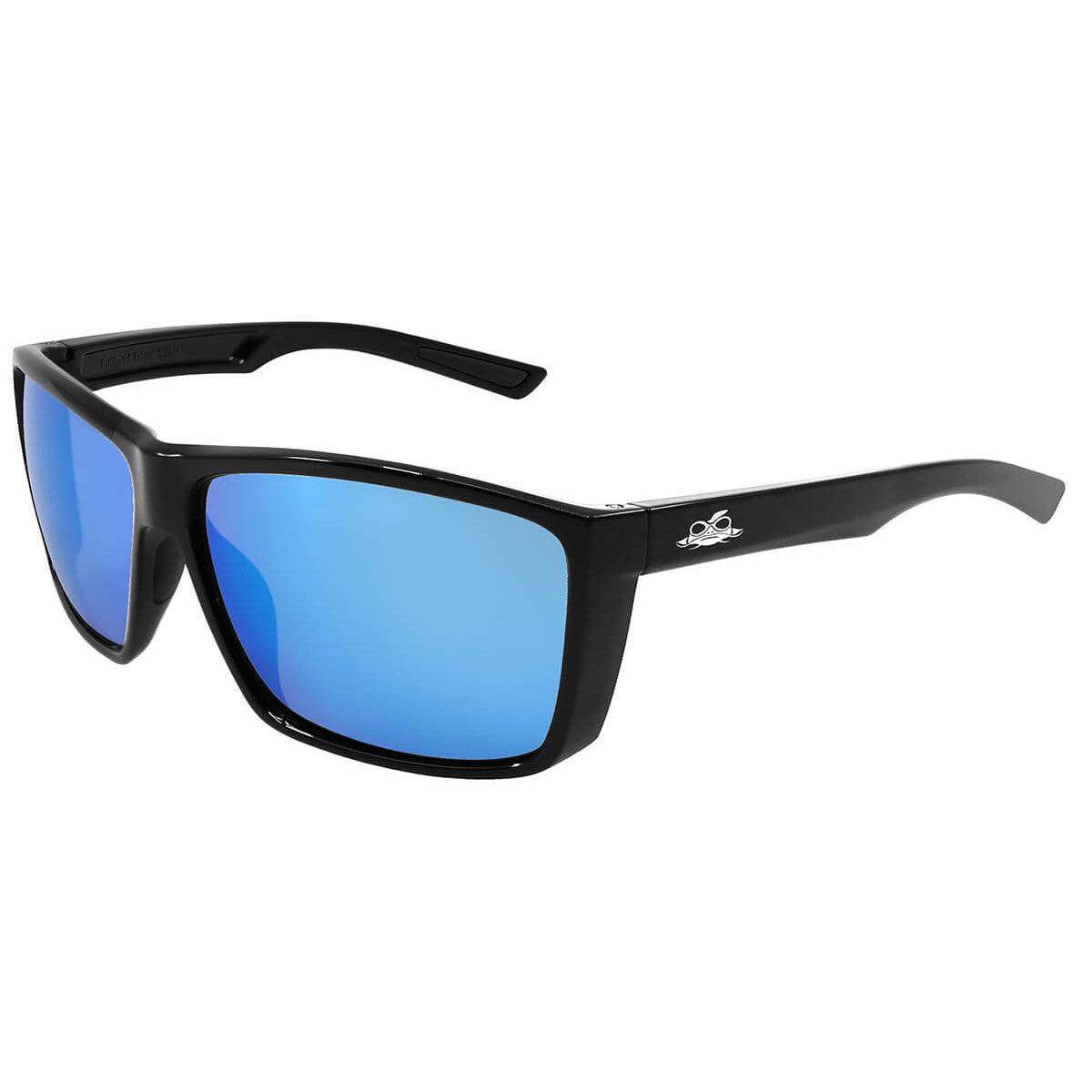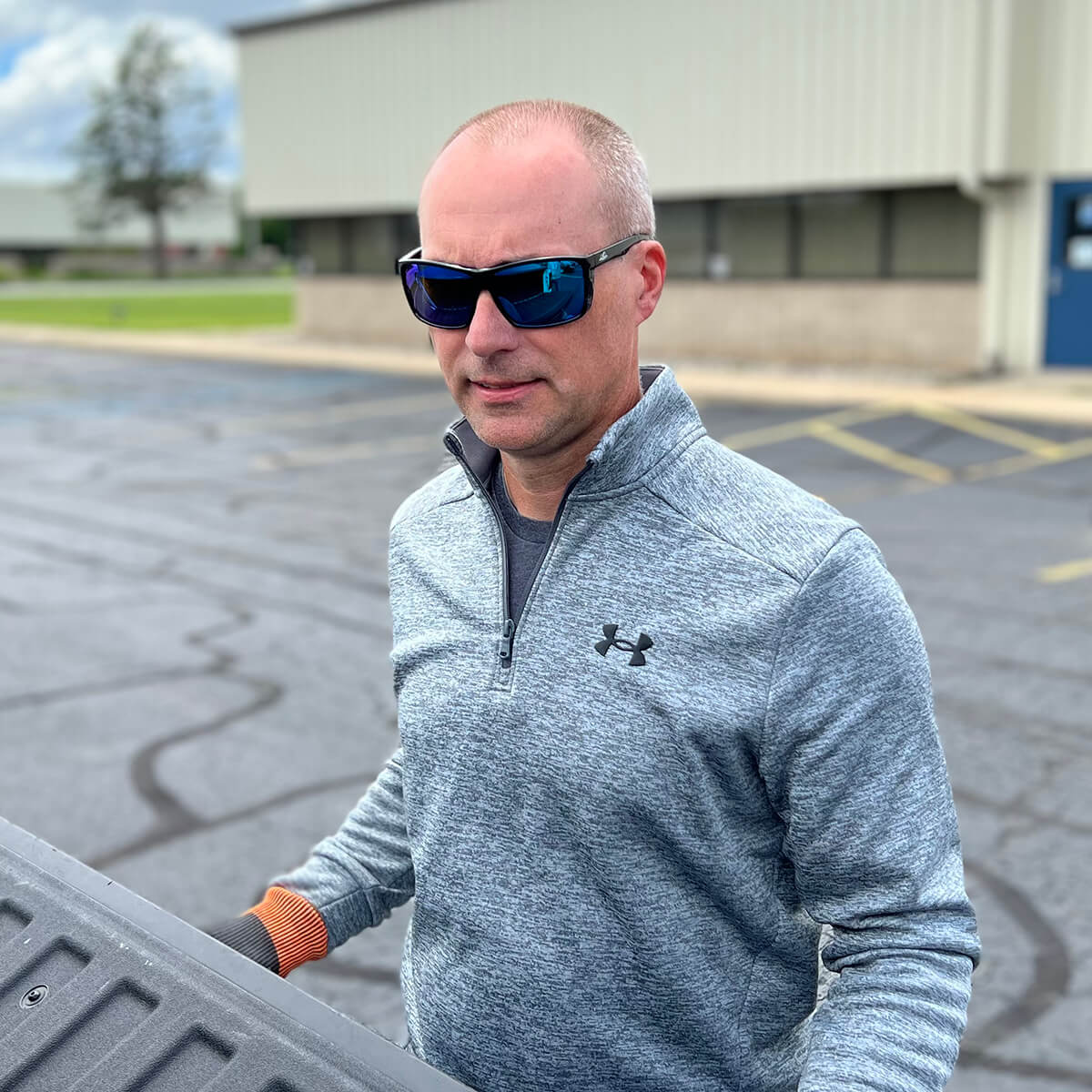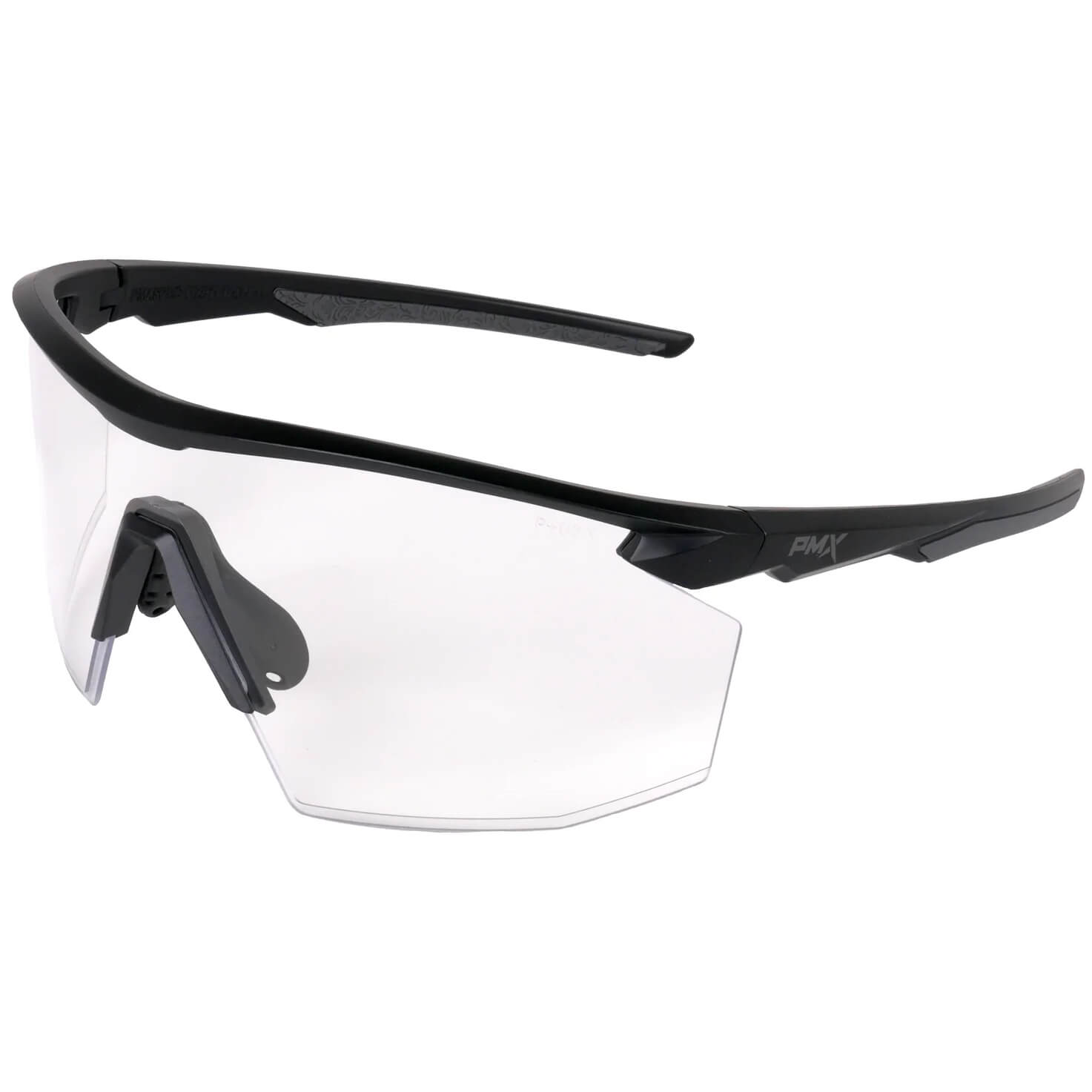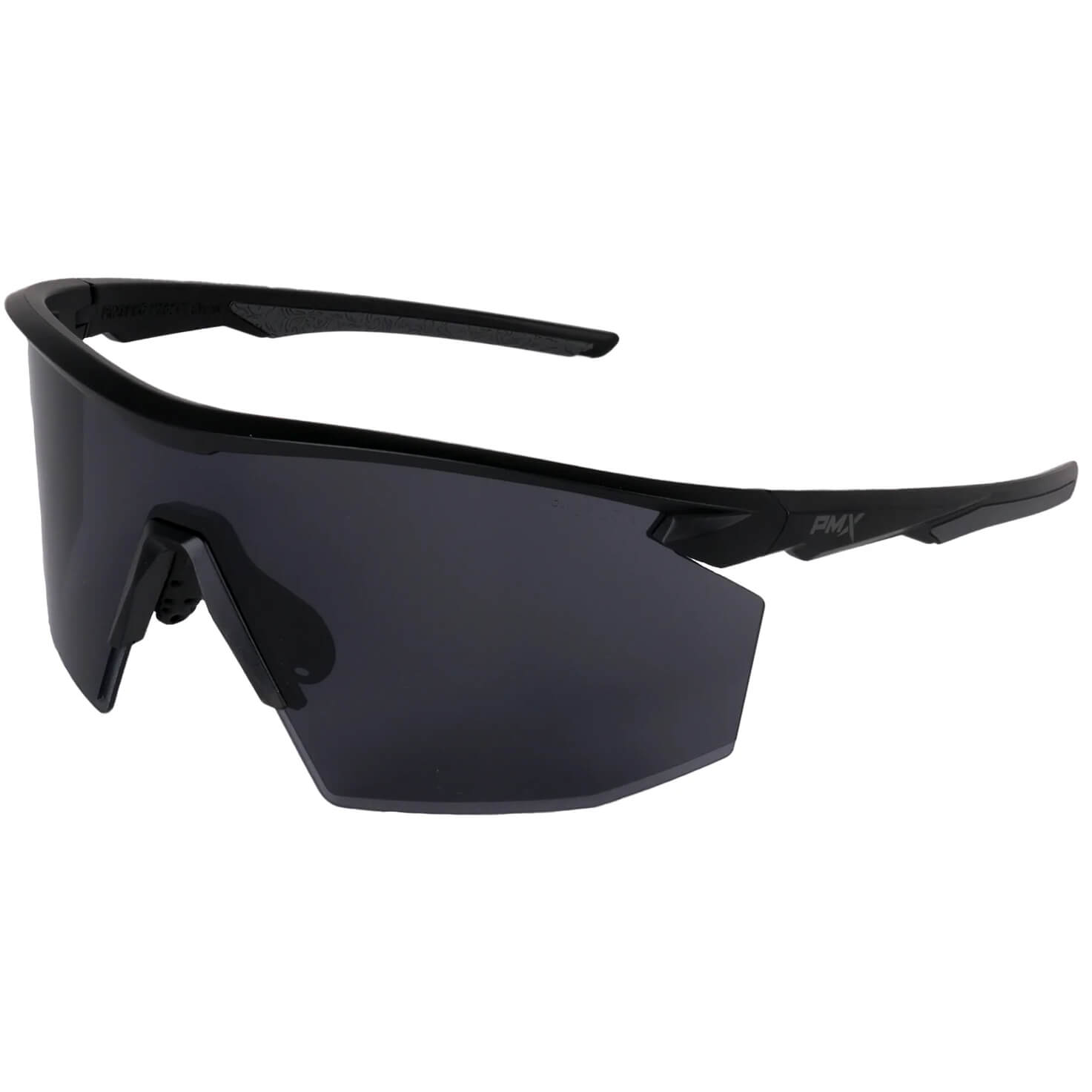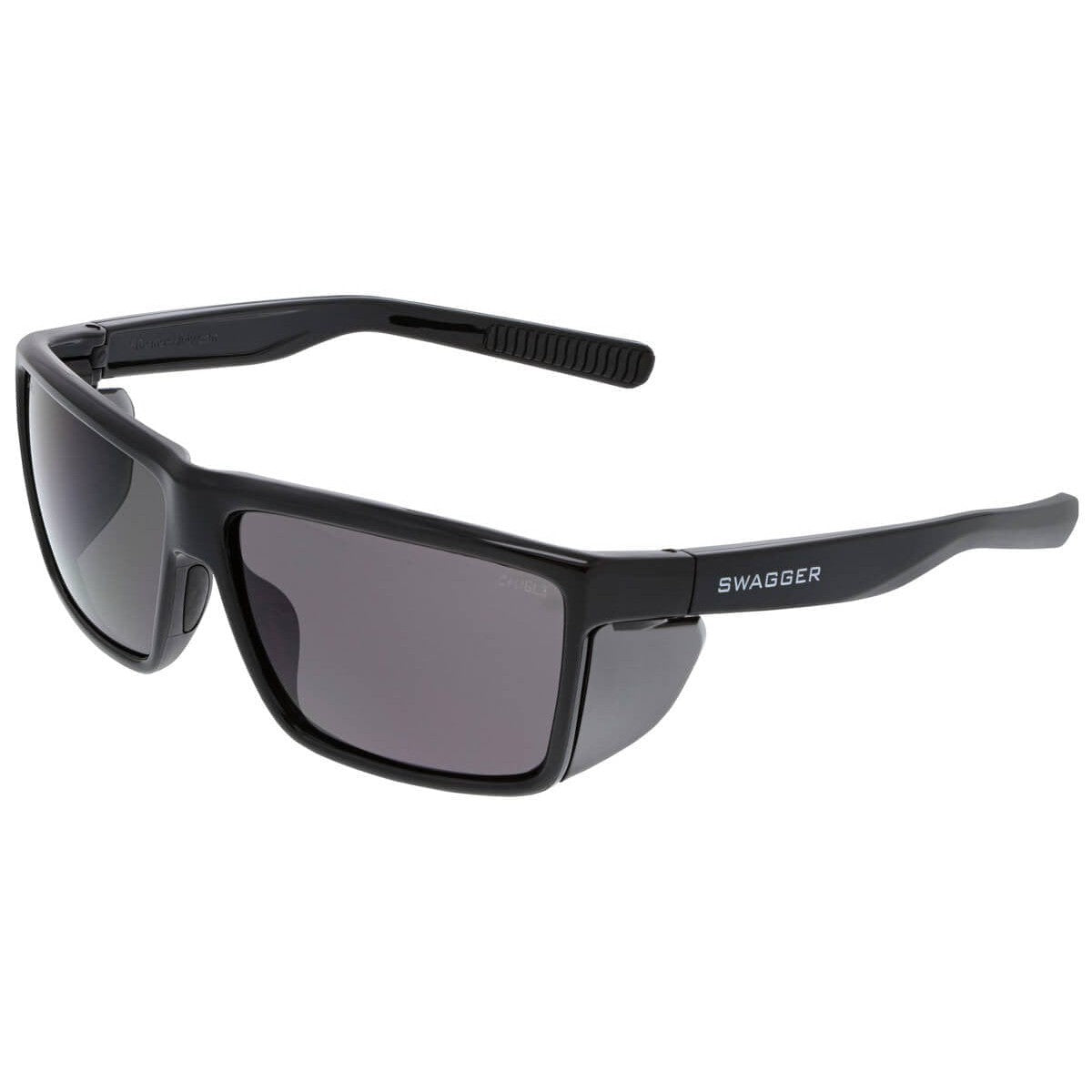An Aging Workforce
Because of an increase in life expectancy, jobs that require less physical work, and better overall health, many older workers now stay in the workforce longer than people their age did just 50 years ago. This creates an aging workforce unlike any previous one.
By 2030, all baby boomers will be at least 65 years old, and 9.5 percent of the civilian labor force is projected to be older than 65. Not only is the share of older people in the labor force growing, but their labor force participation rates are rising. (Bureau of Labor Statistics)
The BLS also projects that by 2024, 41 million workers will be age 55 or older with 13 million of those being 65 or older. Further, the 65 and older age group is expected to have labor force growth rates faster than any other age group. As the workforce ages, paying special attention to the health and safety of older workers is even more essential.
Not only is this aging workforce skilled and productive, but it also has a significant amount of know-how and a strong work ethic, making these workers an essential part of a healthy company. An important part of employee health involves regularly evaluating safety for all workers and adjusting as needs change.
Safety strategies for older workers should include assessing personal protective equipment (PPE) and making any needed accommodations. Some workers may need anti-fatigue mats, for example, while others may be concerned about tripping hazards. Certainly, safety is a concern for all workers but especially so for older workers who, as most of them are likely very aware, struggle with a reduced visual capacity in some way.
Vision and Aging
Eyesight that is less than what it used to be is a common struggle for older workers. The most common vision-related challenges affecting older workers are presbyopia, glaucoma, and cataracts.
Nearly 80% of people have presbyopia by age 45-55. Presbyopia, or age-related far-sightedness, presents unique vision challenges for aging workers. Further, about 16% of those with presbyopia do not have adequate correction.
Though less prevalent than presbyopia, glaucoma and cataracts also present challenges for older workers. Glaucoma affects more than 2.7 million people over age 40 in the U.S. and is a leading cause of irreversible blindness. The chance for cataracts also increases with age, and more than half of Americans have them by age 80.
Other vision-related conditions found more commonly, though not exclusively, in older workers include:
- Dry eyes
- Age-related macular degeneration (AMD)
- Temporal arteritis
- Floaters and flashers
- Tearing/watery eyes
- Low-vision
Many of these age-related eye issues often need attention outside of a company’s eye safety plan. Cataracts, for example, can be surgically removed. Others, like glaucoma and AMD, do not have cures but can be slowed and vision preserved if caught early.
Conditions like dry eye and tearing/watery eyes may be resolved when the root cause is addressed, by adjusting work conditions that contribute to these problems, or simply through eyedrops. Finally, presbyopia, the most common age-related vision challenge, has a plethora of accommodation options focused specifically on workplace safety.
Safety Eyewear Solutions
In most cases, finding the right eyewear is the best solution for aging workers struggling with not being able to see up close. While reading glasses are readily available and inexpensive, they may not always be the best option for the workplace. Seeking solutions that fit both the worker and the situation is the best approach. The most likely solutions are usually found in one of the following categories.
Bifocal Safety Glasses
Bifocal safety glasses, or safety reading glasses, are safety eyewear with magnifiers (i.e., bifocals) molded into the lenses. They combine reading glasses with impact protection and eliminate the need to switch between safety glasses and reading glasses, which often results in unprotected eyes.
Bifocal safety glasses come in a variety of strengths (i.e., diopters) as well as in many different lens tints and coating options. All quality safety reading glasses are ANSI Z87.1-2015 certified and provide full UVA-UVB protection. Dual readers and full-lens magnification glasses are also available.
A related option is stick-on bifocals, which allow you to adapt any pair of eyewear to make them into reading glasses. They’re applied using water and stay in place when completely dry. You can also move them from one pair of eyewear to another. This is an inexpensive solution for those who have safety eyewear they already like and want to also use them as safety reading glasses.
Over-Prescription Eyewear
Another option is to find safety goggles to wear over prescription eyewear. The main challenge is finding goggles that are a good fit. With the many options in over-prescription safety goggles, though, it mainly involves taking the time to find the right pair of goggles.
For those who work outside, over-prescription sunglasses might be the best option. Not only are they affordable, but they allow you to wear your existing glasses and come in both standard and polarized lenses. Note that not all over-prescription sunglasses are ANSI-Z87.1-2015 certified.
Customized Eyewear
For those who need more than just reading glasses and who don’t want to wear over-prescription safety glasses, sunglasses, or goggles, customized safety eyewear is another option. It can be tailored to the individual and comes in a plethora of options.
Another way to customize your eyewear is through Rx inserts. Since you don’t always need reading glasses, this option lets you put in the lenses that best fit the situation. Only certain styles have Rx inserts, but they are certainly helpful for those who have a quality pair of frames they want to use when they need safety eyewear.
Vision Safety for an Aging Workforce
Finding the right safety eyewear is important for helping older workers achieve the best vision possible in the workplace. Not all vision challenges are solved through eyewear alone, though, and finding the right eyewear can sometimes be a challenge. This is where having a comprehensive approach to vision safety benefits not just aging workers but all workers.
Approaches for accommodating the vision safety needs of an older workforce don’t have to single anyone out. In fact, steps like those detailed below, serve to promote vision health for workers of all ages.
1. Promote Eye Health for All Workers
Promoting eye health for all workers includes having a comprehensive vision health plan. It involves promoting regular eye checkups, yearly for older workers since an updated prescription is essential for good vision and since optometrists can detect serious eye and other health problems early.
Encouraging workers to see their general practitioners regularly is also important. This is especially true for older workers struggling with blood pressure or diabetes issues, which both have connections to eye health. Essentially, making Preventing Eye Health and Disease in the Workplace a standard operating procedure is the best way to promote eye health for all workers.
2. Assess PPE Needs Regularly
Because people and situations change, personal protective equipment (PPE) needs can change regularly, too. The best PPE choice depends on the individual and the task at hand, and regular assessments assure that worker PPE needs are always met. It also works toward Overcoming Excuses for not Wearing PPE.
In addition to considering the presbyopia solutions detailed above, also consider additional workplace vision safety challenges, such as low lighting or challenges driving in inclement weather or darkness that can especially impact older workers. Create an environment where workers feel free to discuss struggles and needs to find the best solution that allows them to perform at optimum levels.
3. Provide Reasonable Accommodations
While many older workers won’t require accommodations beyond reading safety eyewear, those who struggle with other conditions related to aging may need additional accommodations. For example, if low vision is an issue, a simple solution may be brighter lights in that person’s work area. Time to adjust to changing light levels is another simple accommodation for those who struggle with moving from one lighting environment to another. In some cases, low-vision aids like hand-held or standing magnifiers, enhanced telescopes, or computer software may provide the best solution. According to the ADA…
“A reasonable accommodation is any change in the position or workplace that is customarily made to provide an employee with impairment access to equal employment opportunities. A person who has medical conditions often associated with age, such as osteoporosis, arthritis, hearing loss, or hypertension, can be considered as having an impairment on the basis of the medical condition.” (Accommodating an aging workforce, Sedgwick)
A company that promotes health and safety for all workers is also one that values its older workers by meeting their needs for reasonable accommodations, most of which are often simple adjustments that lead to increased productivity and worker satisfaction.
4. Address Digital Eye Strain
Many workers, especially those who work in offices and use computers regularly, struggle with digital eye strain. For older workers, though, digital eye strain makes other vision problems worse. This is especially true with presbyopia, which worsens with eye fatigue caused by viewing a screen for long periods.
As a preventative strategy, the American Optometric Association (AOA) recommends the 20-20-20 Rule to prevent digital eye strain. Any company with workers who spend significant time in front of screens should know How to Prevent Digital Eye Strain and educate and support workers in doing so. Offering workers computer glasses is also important for helping them alleviate many of the symptoms associated with blue light exposure.
5. Encourage Work-life Balance
While older workers are certainly no strangers to stress, they and the companies they work for would do well to understand how prolonged exposure to stress can accelerate the aging process. From burnout and heavy workloads to conflict among workers or with management, no worker can escape the weight of stress. Stress impacts each person differently, though, so companies need to stay aware of the many ways it can affect their workforce.
“Depending on your unique work situation, you may be tasked with viewing traumatic imagery, standing for long hours, lifting heavy objects repeatedly, or sitting idly staring at a computer screen. Whatever the case, several facets of your health are likely at risk, and will most likely increase signs of aging.” (The Connection Between Work-Life Balance and Aging, Fraser Eye)
Considering each individual and making sure stress doesn’t become overwhelming is key. This involves remembering that stress impacts an individual physically and mentally, and one of the first visible signs of it is eye strain. This is especially true for those who work in front of computers extensively and who work especially long work hours. Watching for signs of stress and encouraging work-life balance, in addition to the safety measures already discussed, will help support an aging workforce in ways that allow them to be productive and healthy long past what used to be the case.
Supporting an Aging Workforce
Companies that create a culture of respect for older workers see accommodations not as inconveniences but as opportunities to preserve and promote the value and experience of their more seasoned workforce. This creates an atmosphere where older workers feel safe to ask for the tools they need to continue doing their work well.
This atmosphere includes promoting a healthy lifestyle for all workers. It also involves identifying the problems and challenges facing older workers by talking about daily tasks, maybe via walk-throughs to discuss ideas for safety in general. When older workers feel valued and supported, they remain productive, which also serves to encourage the rest of the workforce as they witness the supportive future they can have with the company.
Companies that support an aging workforce through solid safety protocols and resources like those provided by the CDC through its National Center for Productive Aging and Work and by utilizing practical ways to enhance safety for aging workers as suggested by Safety and Health create an atmosphere that promotes lifelong worker health. Integrating such a comprehensive approach to worker health and safety is sure to make for a stronger company overall in the long run.
